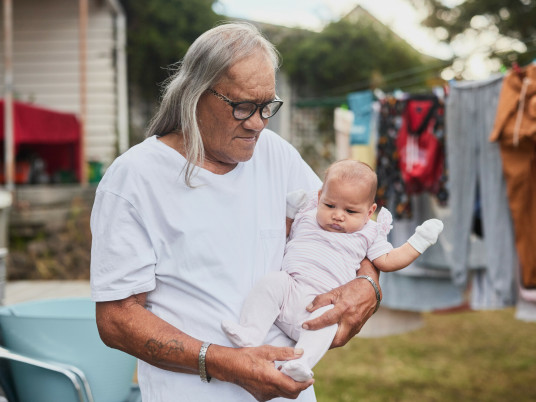Briefing
The long-term implications of our ageing population for our housing and urban futures

Published 30 Mar 23
Over the next 30 years, Aotearoa New Zealand’s population of seniors will grow from around 850,000 (17 percent of the population) to around 1.5 million (24 percent of the population). And it is not only growing numerically, but also structurally. Structurally means that our aged population is increasing in proportion to our younger people in the age profile of our total population.
About
Over the next 30 years, Aotearoa New Zealand’s population of seniors will grow from around 850,000 (17 percent of the population) to around 1.5 million (24 percent of the population). And it is not only growing numerically, but also structurally. Structurally means that our aged population is increasing in proportion to our younger people in the age profile of our total population.
This demographic shift is happening relatively quickly. The big challenge ahead for us is how to plan for a New Zealand that will have suitable and affordable housing and safer communities for our growing ageing population. Ideally, we will have homes and communities that are suited to seniors in terms of location, size, accessibility, safety, and social connectivity.
There is no silver bullet to achieve this shift. While there is work underway, a sustained and collaborative effort by central and local government, iwi and Māori, and the private and not-for-profit sector, will be needed to ensure that our places develop in ways that best meet these needs.
In Aotearoa New Zealand, we have a general population that is very ethnically diverse. Each of these populations is structurally ageing at different rates. For instance, the population structures of Māori and Pacific peoples have a younger profile than other groups, and this is likely to continue until 2043.
We will see variations in ageing between our regions. For instance, the senior population in the Tasman region is projected to double, but the number of seniors in the overall population will only increase by 18.5 percent.
Our long-terms insights show this is happening against a backdrop of decreasing housing affordability. An increasing proportion and number of households in paid employment are now in rental housing, and home ownership rates have fallen. We know that renting households with high rents relative to income find it difficult to save and their chances of being able to own a home are likely to be lessened. This will have an impact on whether they will be able to afford the home they will grow old in.
Declining owner occupation combined with an ageing population means that there is already a much greater reliance of seniors of all ethnicities on rental housing.
As the country’s steward of the housing system, this means we need to consider housing tenure and affordability solutions beyond traditional renting or owner occupation and look at opportunities for intermediate tenures. Intermediate tenures are those between owner occupation and renting, such as co-operatives, co-housing, shared equity co-ownership, deed-restricted housing, and papakāinga. At the current time, there are few intermediate tenure dwellings that could provide for lower cost housing.
Another area for consideration is the type of housing that dominates. Currently around 80 percent of dwellings are detached houses or semi-detached townhouses, and around 20 percent are multi-unit flats and apartments. With an ageing population, we need to consider the types of housing we need to build to better serve people across different stages of life. For example, appropriately designed homes will allow seniors to optimise their independence and safety, and mitigate the effects of compromised mobility, sight and hearing, and other disabilities, including dementia.
Ideally, age-friendly towns, cities, and places are designed to be friendly to children and young people as well as seniors. These models are recognised internationally as promoting participation in education, employment, and civic life. The challenges for how we plan our communities as our population ages will be significant. The key to ensuring that our cities, towns, and smaller rural communities cater well to our ageing population is having walkable, connected neighbourhoods with easy access to key amenities, and streets that people with mobility, sensory and cognitive issues can navigate independently and safely.
All of this will require a multi-faceted response. Exploring the impact of an ageing population reinforces the need for changes on many fronts to ensure that Aotearoa New Zealand has the homes and communities that are a good fit for the communities.
Central and local government, iwi and Māori, and the private and not-for-profit sectors will need to continue to work closely together in a sustained and collaborative way to prepare for that future.